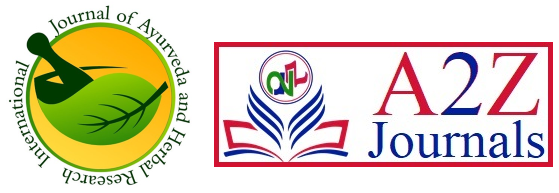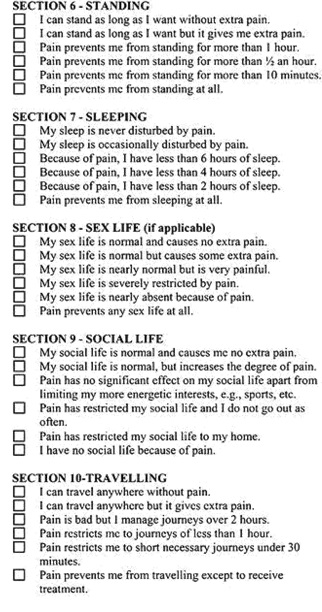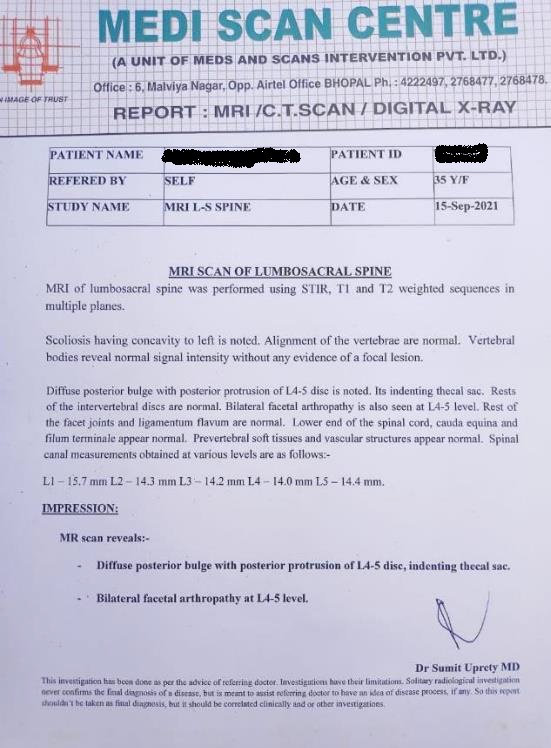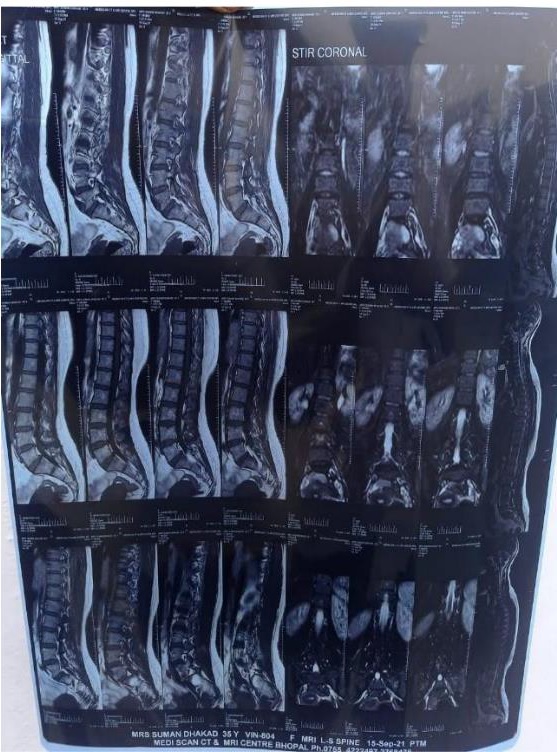A Critical Analysis On The Ayurvedic Aspect Of Katigraha (Low Back Pain): A Successful Case Study
Gupta A.1*, Nagpal S.2
DOI: 10.54060/ijahr.v1i1.5
1* Arpana Gupta, Scholar, Department of Kayachikitsa, Pt. Khushilal Sharma Government (Autonomus) Ayurveda College & Institute, Bhopal, Madhya Pradesh, India.
2 Swati Nagpal, Reader, Department of Kayachikitsa, Pt. Khushilal Sharma Government (Autonomus) Ayurveda College & Institute, Bhopal, Madhya Pradesh, India.
Abstract: A frequent condition affecting the back's muscles, nerves, and bones is low back discomfort. Pain might range from a continual dull sensation to a sudden acute sensation. Low back pain affects approximately 60 to 85% of adults during some point of their life. Katigraha indicates a disease condition of the lower back associated with pain, stiffness, and restricted movements. A condition when pure saam vayu reaches kati Pradesh and produces pain is known as katigraha. In Ayurveda samhitas, katigraha has been mentioned as both anubandha and anubandhya vyadhi. It can be correlated with Lumbar Spondylosis due to similarity of clinical manifestations. Lumbar spondylosis is a degenerative condition that develops gradually over time, being more common in older individuals. Contemporary medicine has its own limitations giving only short-term relief in pain or surgical intervention with side effects. So this single case was taken to demonstrate the effects of ayurvedic treatment modality. After a month, the patient's symptoms were assessed, and the results were satisfactory. The patient's general quality of life had also greatly improved.
Keywords: Katigraha, panchakarma, katibasti, kala basti, low back pain, lumbar spondylosis
| Corresponding Author | How to Cite this Article | To Browse |
|---|---|---|
| , Scholar, Department of Kayachikitsa, Pt. Khushilal Sharma Government (Autonomus) Ayurveda College & Institute, Bhopal, Madhya Pradesh, India. Email: |
Arpana Gupta, Swati Nagpal, A Critical Analysis On The Ayurvedic Aspect Of Katigraha (Low Back Pain): A Successful Case Study. IJAHR. 2023;1(1):23-29. Available From https://ahr.a2zjournals.com/index.php/ahr/article/view/5/version/5 |


 ©
© 


